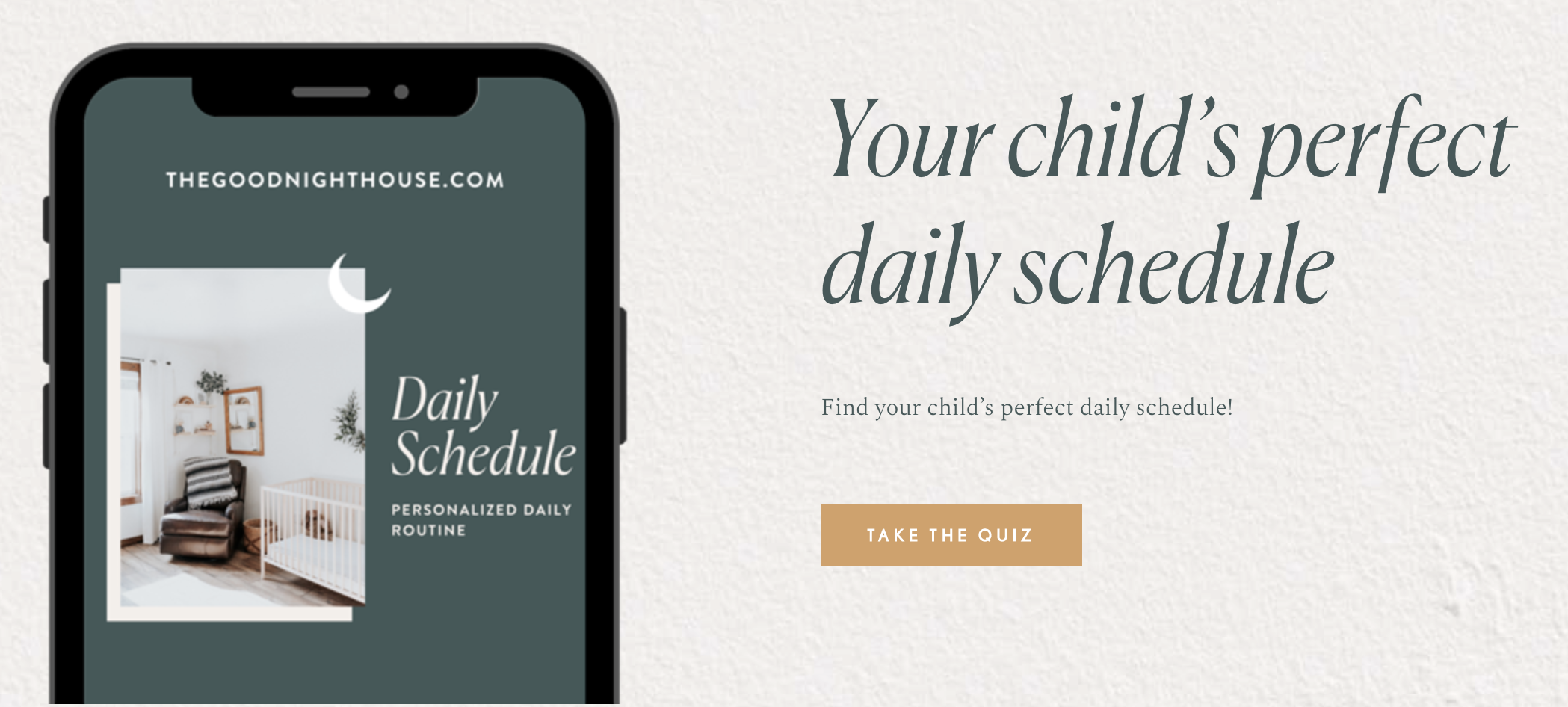Everything You Need to Know About Swaddling Your Newborn
If you’re expecting or have a newborn, you may be wondering if swaddling your new baby is necessary. Or maybe you have a newborn and you are convinced they absolutely hate the swaddle! If this is you, then this post is a must-read!
At the Goodnight House, we LOVE swaddling and it’s one of the first things we recommend in our Online Newborn Sleep Class. My love of swaddling definitely originated from my time as a pediatric critical care nurse because I saw it work wonders.
What is swaddling?
Swaddling is snuggly wrapping your baby in a blanket or swaddle product (like a zip/velcro swaddle) with their arms inside.
Swaddling is developmentally appropriate for newborns for several reasons:
Your little newborn was just inside you for NINE MONTHS. And let me tell you, it is not roomy in there. It is snug, and secure, and it’s like they were being tightly snuggled by you 24/7. If you think about it, when they’re born and they have all this new freedom to flail around and stretch out, that’s an entirely new experience! When done correctly, swaddling mimics the feeling of being in the womb for your newborn and helps them feel safe and secure.
The startle reflex:
Also known as the Moro Reflex, is a muscle reaction that automatically happens when your baby hears a loud noise or there is a sudden movement. It can also be triggered when they feel like they're falling (when they're laid down or picked up). Without a swaddle, the startle reflex will wake your baby if they’re asleep.
Benefits of swaddling:
Mimics the feeling of being in the womb
Mimics the feeling of being skin to skin with mom
Has shown to help pre-term infants developmentally and neurologically
Decreases crying
Stops baby from flailing and waking themselves up unnecessarily (they will still wake up the appropriate, safe amount, they just won’t wake up unnecessarily because they accidentally slapped themselves in the face).
Swaddling allows your baby to focus on the efforts you are using to soothe him/her.
Swaddling Safety:
Babies shouldn’t be swaddled 24/7. Only swaddle your baby during naps, through the night, and while trying to soothe. Babies need time to move their arms, legs, fingers etc. to learn, grow, and develop properly.
If done incorrectly, traditional swaddles can become a suffocation hazard, so it’s very important to learn to do it the right way. We recommend using zip/velcro swaddles made specifically for newborns. Always use commercial swaddles and/or sleep sacks as directed by the manufacturer.
You should be able to fit a few fingers between the blanket and your baby's chest.
Make sure your baby's legs and hips can move freely. Baby’s legs should be able to bend up and out.
Swaddling should always be combined with the ABC's of safe sleep (alone, on their back, in their crib).
Always dress your baby appropriately to avoid overheating. Check their neck, ears, and nose to feel their temperature.
The American Academy of Pediatrics recommendations on swaddling and swaddling safety
Read more about Safe Swaddling HERE.
When should I stop swaddling my baby?
Swaddling is developmentally appropriate for newborns 0-8 weeks (sometimes up to 12 weeks). However, the risks of swaddling outweigh the benefits once a baby learns to roll over. You should start transitioning your baby out of the swaddle as soon as they show signs of rolling over.
One reliable indicator that your baby is going to start rolling soon is when they start finding and reaching for their feet. Another indicator is when your baby begins pushing up with his arms during “tummy time.”
The skill of rolling over can happen abruptly, so you want to always be watching for it, especially by 8 weeks. There is always the chance your baby could learn sooner.
Check out our post with step by step instructions for transitioning your baby out of the swaddle HERE.
What if my baby hates the swaddle?
Parents often get discouraged after swaddling their babies once or twice because their baby may cry and seem to be fighting the swaddle. Our best advice and encouragement to you is to give it a few chances. It takes a little bit of practice to get the art of swaddling down.
Because of all the reasons above, swaddling should be very comforting to your baby, so when we hear a parent say their baby HATES being swaddled - it catches our attention. We won’t claim EVERY baby will love to be swaddled, but most babies truly do love to be swaddled once they are swaddled correctly.
Swaddling Tips:
If you can, practice with a stuffed animal or baby doll before your baby arrives.
Practice swaddling your baby during a time they’re happy (not right before feeding etc).
Make sure you’re swaddling tightly enough. Studies have shown that if a swaddle is too loose, babies actually cry more.
The key is to swaddle the arms snug, but leave the blanket loose around the knees and hips so they can easily bend and open.
Make sure the swaddle isn’t touching their cheeks. This will stimulate their sucking reflex and they’ll think it’s time to nurse. It will frustrate your baby and cause them to cry.
Use the correct size swaddle to prevent your baby from being able to break out of it.
Favorite swaddle recommendations:
We love the Embe Swaddle: They were developed in partnership with doctors, NICU nurses, and physical therapists and are recommended by the International Hip Dysplasia Institute. (Use code GOODNIGHT for 15% off).
Check out THIS POST for our thoughts on The Magic Merlin Sleep Suit, Weighted sleep sacks / swaddles like the Nested Bean, and the Zipadee Zip.
You’ve Got This!
Swaddling takes practice (it’s why we have an entire swaddling lesson in our Online Newborn Sleep Class with step by step videos and tutorials)! It’s ok if it takes a few tries and some practice to get it just right. Once you get swaddling mastered, it can be a huge step to better sleep for yourself and your new baby.
If you enjoyed this post and you’d like to learn more simple strategies to help encourage healthy sleep with your newborn, check out our Online Newborn Sleep Class. Whether you’re expecting or you have a newborn 0-12 weeks, the class will help establish great sleep habits from the very beginning (from day one!). This class will also make any future transitions, like transitioning out of the swaddle or the Four Month Sleep Regression, much easier on your little one.





